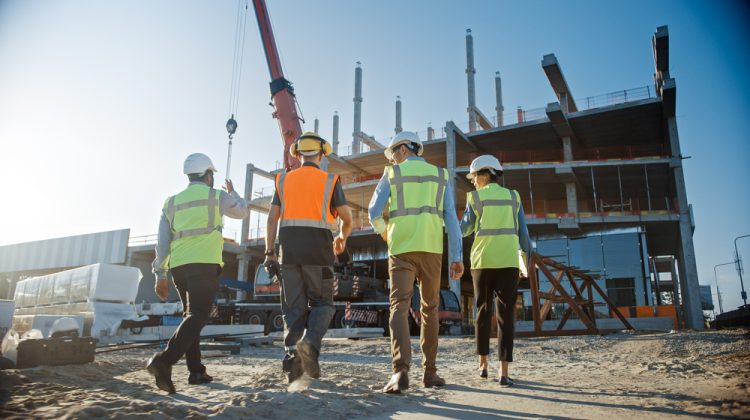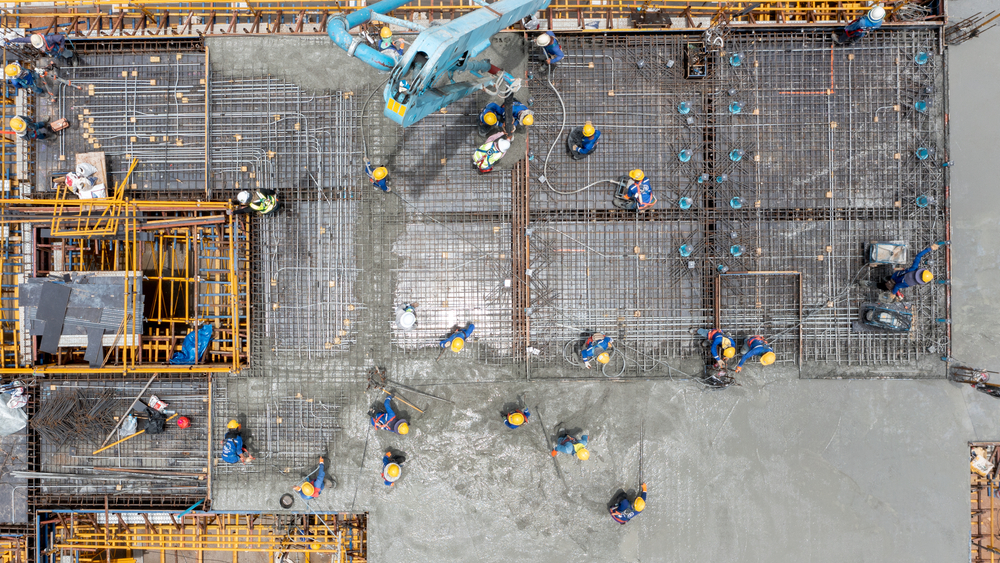
Green Building Certification: Driving Sustainability in Modern Construction
Green Building Certification: Driving Sustainability in Modern Construction
As the world shifts toward sustainable development, the construction industry is embracing practices that reduce environmental impact and promote efficiency. Green building certification has become a benchmark for eco-friendly, energy-efficient, and resource-conscious construction.
By achieving green building , developers demonstrate their commitment to sustainability while enhancing the value, performance, and longevity of their buildings.
What Is Green Building Certification?
Green building is a formal recognition awarded to structures that meet specific environmental and performance standards. It evaluates how efficiently a building uses energy, water, and materials while minimizing waste and carbon emissions.
Common global standards include LEED (Leadership in Energy and Environmental Design), BREEAM (Building Research Establishment Environmental Assessment Method), and India’s IGBC and GRIHA ratings.
Earning a green building validates a project’s sustainability and ensures compliance with national and international benchmarks.
Importance of Green Building Certification
With rising climate concerns and resource shortages, green building provides a roadmap to responsible construction. It encourages developers to adopt innovative methods that reduce energy use, improve air quality, and conserve natural resources.
More importantly, it promotes accountability and transparency in construction practices, ensuring that sustainability goals are met at every stage of a project’s lifecycle.
Popular Green Building Certification Systems in India
1. IGBC (Indian Green Building Council)
The Indian Green Building Council (IGBC) offers certification across various building types, including residential, commercial, and industrial. IGBC ratings focus on site selection, energy efficiency, water conservation, and indoor environmental quality.
2. GRIHA (Green Rating for Integrated Habitat Assessment)
Developed by TERI and the Ministry of New and Renewable Energy (MNRE), GRIHA evaluates buildings based on their resource efficiency and environmental performance. It’s India’s national rating system and supports green building certification for both new and existing structures.
3. LEED (Leadership in Energy and Environmental Design)
A globally recognized system by the U.S. Green Building Council (USGBC), LEED certification assesses sustainable site development, energy use, materials, and innovation. Many Indian projects also pursue LEED certification alongside IGBC or GRIHA.
Key Benefits of Green Building Certification
-
Energy Efficiency: Certified buildings use advanced systems that reduce energy consumption by 20–30%.
-
Reduced Carbon Footprint: Encourages low-carbon construction and renewable energy integration.
-
Water Conservation: Promotes rainwater harvesting, recycling, and efficient plumbing systems.
-
Enhanced Property Value: Certified buildings attract higher market demand and investor confidence.
-
Healthier Living Environments: Ensures improved air quality and natural lighting for occupants.
By achieving green building certification, developers contribute to sustainable urban growth and align with global climate goals.

Steps to Achieve Green Building Certification
1. Pre-Assessment and Planning
Evaluate project requirements and identify suitable certification programs such as IGBC, GRIHA, or LEED.
2. Design Integration
Incorporate sustainable architecture principles, renewable energy systems, and energy-efficient construction practices early in the design phase.
3. Implementation and Monitoring
Adopt eco-friendly materials, reduce waste, and ensure efficient on-site resource use during construction.
4. Documentation and Submission
Collect and submit evidence of sustainability measures for review by the certifying authority.
5. Certification and Verification
Once verified, your project receives its green building , showcasing its commitment to sustainable excellence.
Green Building Certification in India: A Growing Movement
India has seen rapid growth in certified green buildings across sectors—from schools and hospitals to commercial towers and smart cities. Developers increasingly recognize the economic and environmental advantages of green building .
The Indian government also supports this movement through policies promoting low-carbon construction, renewable energy integration, and sustainable infrastructure initiatives.
Partner with AMS India for Certified Green Solutions
At AMS India, we guide organizations through every step of achieving green building . Our team ensures your projects meet global sustainability standards, optimize energy use, and enhance long-term performance.
With expertise in sustainable resource use, energy-efficient design, and LEED-certified construction, AMS India helps you create buildings that are truly green from foundation to finish.
Conclusion: Building a Greener Tomorrow
Green building certification is more than a label—it’s a pledge to protect the planet while improving how we design, build, and live. By adopting certified green practices, the construction industry can play a leading role in combating climate change and creating a sustainable built environment.
Whether you’re planning a new development or upgrading an existing one, pursuing green building ensures your project stands as a beacon of sustainability and innovation.
Read more related articles to enhance your knowledge and make informed decisions
Cost-Effective Modular Construction: Fast, and Sustainable Building Solutions
Smart Modular Buildings: Innovative, Efficient, and Sustainable Construction








